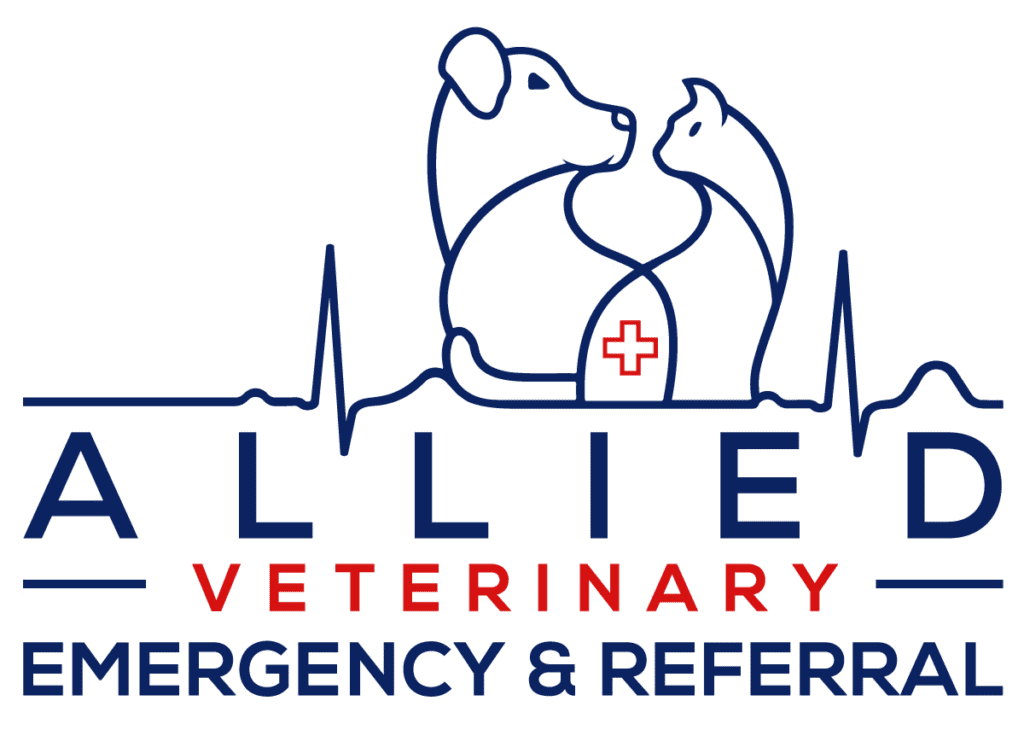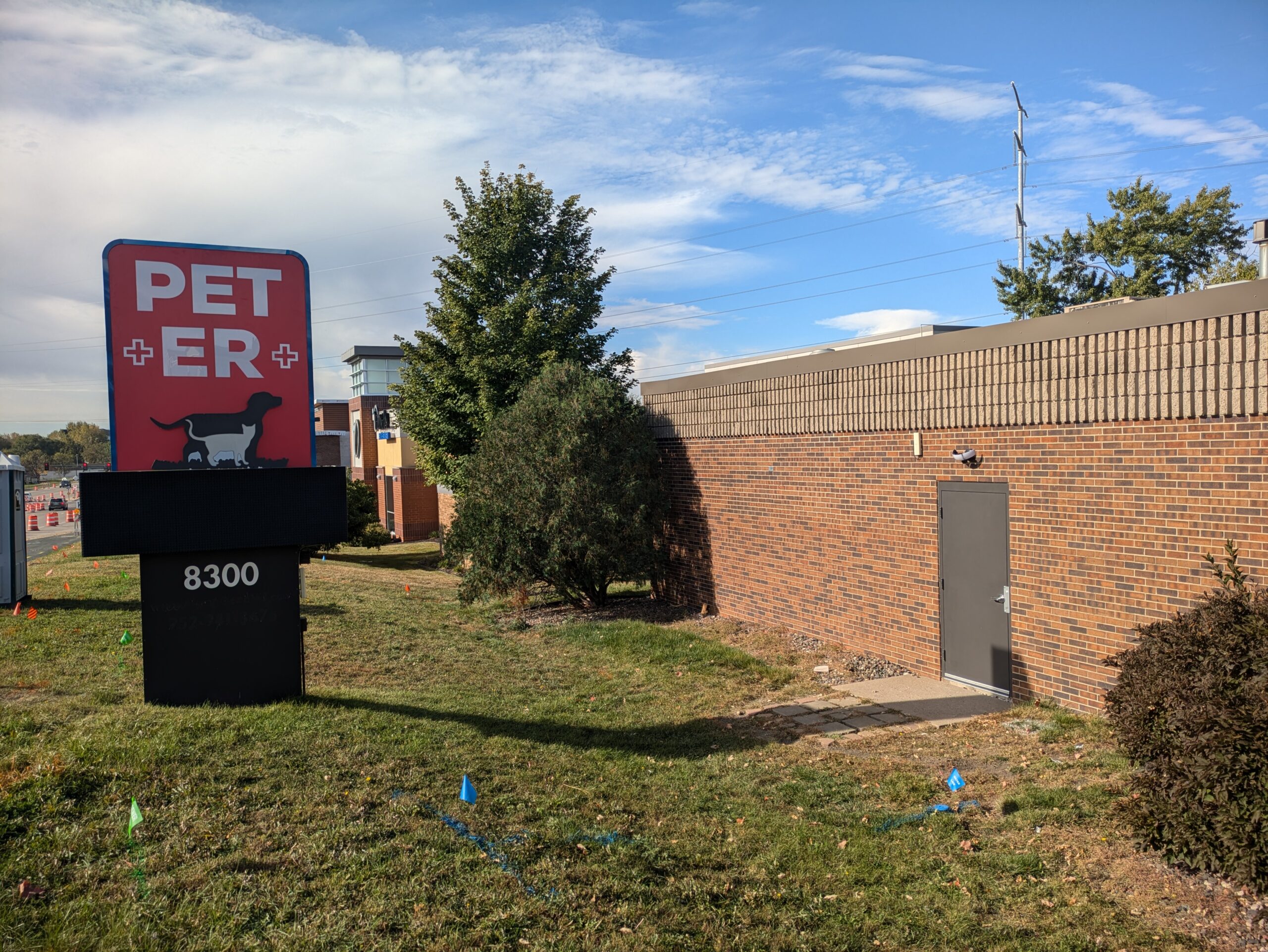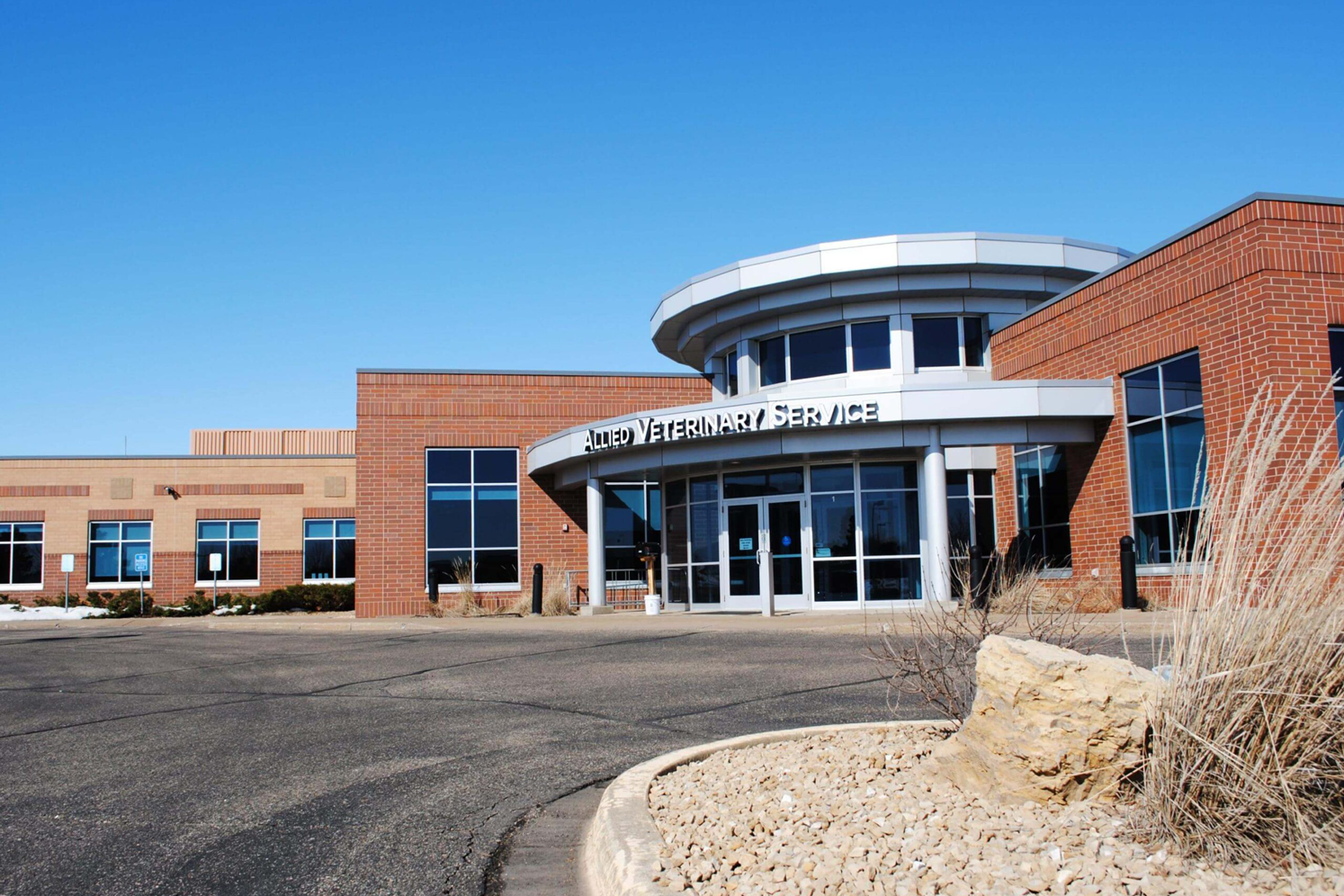Did you know that our Eden Prairie location is now 24/7?
8300 Flying Cloud Dr. Eden Prairie, MN 55344 | (952) 452-0025 | edenprairie@alliedervet.com
Locations open 24/7:
Brooklyn Park
View Details
Minneapolis
View Details
Eau Claire
View Details
Eden Prairie
View Details
Rochester is open nights, weekends, and holidays.
Rochester
View Details
Did You Know?
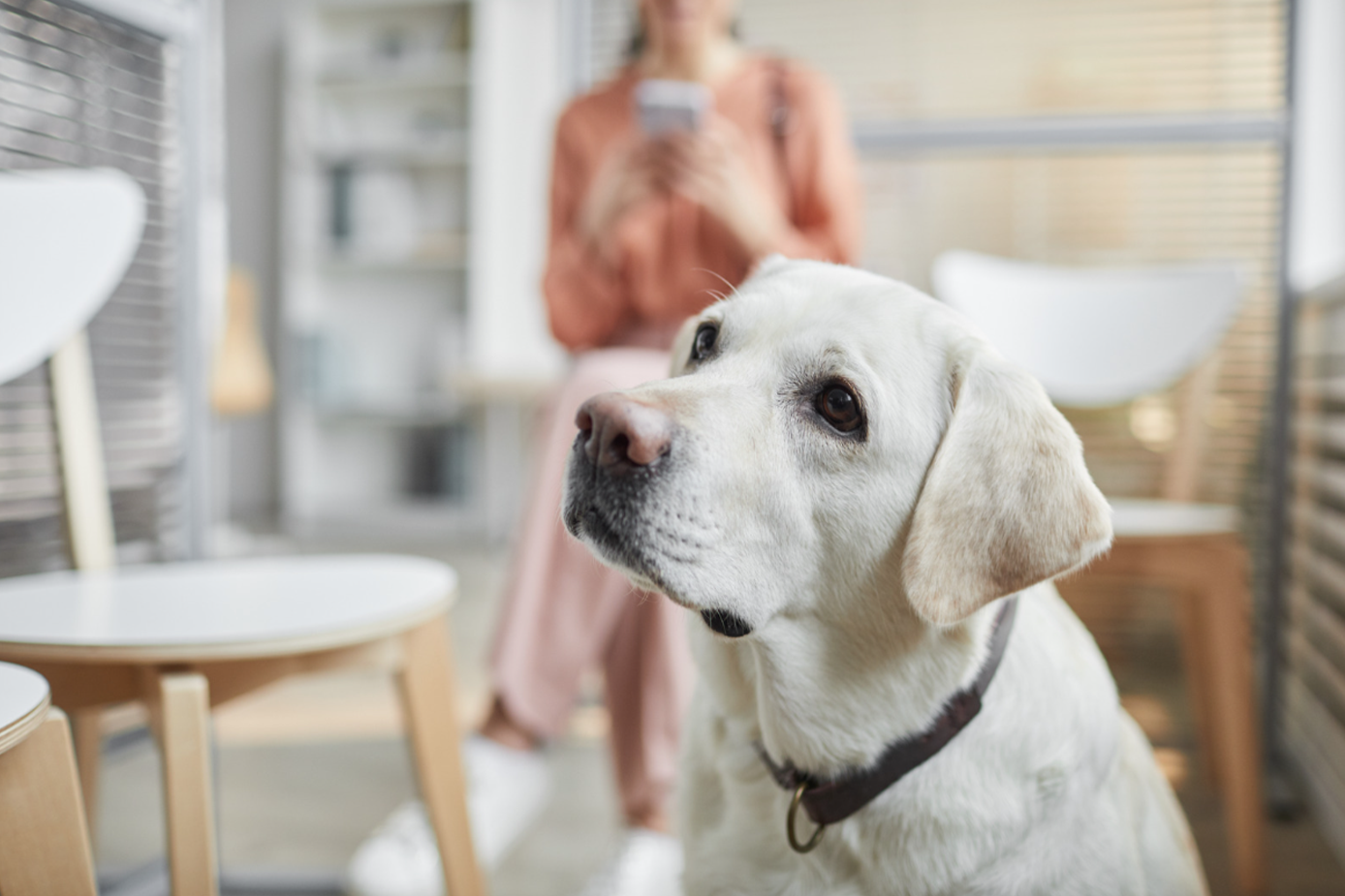
All of our locations welcome patients on a walk-in basis.
But you can schedule an appointment for urgent care in Brooklyn Park. This particular hospital houses multiple departments and we have a separate team dedicated to caring for those pets who can be treated on an out-patient basis, making for easy access, and prompt care. Of course, the most serious illnesses or injuries will always take precedence. If you have any questions, please don’t hesitate to call: (763) 463-9800
Thanks to You, Snowy’s Story Has a Happy Ending

When Snowy was rushed to our Brooklyn Park emergency hospital after ingesting parts of a lily plant—a dangerous and potentially deadly toxin for cats—her life was hanging in the balance. Lily toxicity can cause rapid kidney failure, but with swift and intensive care, recovery is possible.
Snowy needed several days of hospitalization, IV fluids, and round-the-clock monitoring. Unfortunately, the cost of this life-saving care was more than her family could afford.
That’s when our Angel Fund stepped in. Thanks to generous donors like you, we were able to help cover Snowy’s treatment and give her the best chance at survival.
We’re overjoyed to report that Snowy made a full recovery and is now back home with her family, safe and healthy. 💙
Your support makes stories like Snowy’s possible. If you’d like to help save more lives, please consider donating to our Angel Fund today.
Thank you for being part of our compassionate community.
Common Emergencies: Bloat, Gastric Dilatation Volvulus, GDV – whatever you call it, it IS AN EMERGENCY!
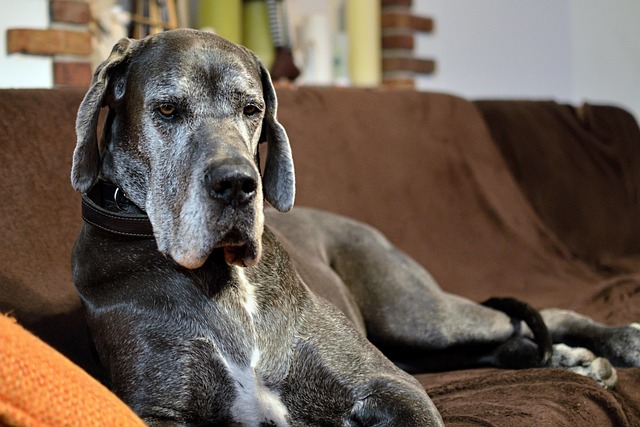
What is it?
Gastric dilatation volvulus (GDV), commonly known as bloat, is a life-threatening condition in dogs, particularly large and deep-chested breeds, where the stomach distends with gas, fluid, or food (dilatation) and then twists on itself (volvulus). This twist cuts off blood supply to the stomach and other organs, leading to a rapid decline in health and potentially death if not treated immediately.
Causes
While the exact cause isn’t fully understood, several factors increase the risk of GDV:
- Genetics and Breed: Large, deep-chested breeds, including Great Danes, Weimaraners, and German Shepherds, are more prone to the condition.
- Eating Habits: Eating too quickly, having one large meal a day, or exercising heavily around meal times can be triggers.
- Stress: Anxiety can also increase risk.
- Age: Older dogs face a higher risk.
Symptoms
Recognizing the signs early is essential. Symptoms often include:
- Retching without vomiting: Trying to throw up but producing little or nothing.
- Restlessness: Being unable to settle down.
- Swollen abdomen: The stomach may appear distended.
- Excessive drooling:
- Breathing difficulty: The enlarged stomach can affect the lungs.
- Collapse: Inability to stand.
Treatment
If GDV is suspected, get veterinary help immediately. Treatment involves:
- Stabilization: Treating shock with IV fluids, pain relief, and possibly blood transfusions.
- Decompression: Releasing gas from the stomach, often using a needle or tube.
- Surgery: Untwisting the stomach and checking for damage.
- Gastropexy: Surgically attaching the stomach to the abdominal wall to help prevent future episodes.
Prevention
These steps can help reduce the risk of GDV:
- Feeding: Feed smaller, more frequent meals, and use slow-feeding bowls.
- Diet: Choose a good quality food and avoid foods that cause gas.
- Exercise: Avoid intense exercise right before or after meals.
- Gastropexy: This surgery, recommended for high-risk breeds, significantly lowers the chance of twisting.
- Food Bowls: Studies suggest elevated bowls might increase risk.
Quick diagnosis and treatment are vital for a good outcome with GDV. If you think your dog has GDV, contact your veterinarian or an emergency vet clinic right away.
Ask a Vet: What are the most common orthopedic injuries in dogs?

Each month we’ll share information on the most common orthopedic injuries in dogs so you are prepared with the knowledge you need to get them the expert care these injuries require.
The most common orthopedic injuries in dogs typically involve joints, bones, or soft tissue structures such as ligaments and tendons. Here’s a breakdown of the most frequently seen conditions starting with #1:
1. Cranial Crucial Ligament (CCL) Rupture
- Similar to ACL tears in humans.
- One of the most common causes of hind limb lameness.
- Often results from gradual degeneration rather than acute trauma.
- Can lead to joint instability, pain, and arthritis.
- Treatment: Surgery (TPLO, TTA, or lateral suture) is often recommended.
The good news is that we have three board-certified veterinary surgeons at Allied that are all skilled and experienced in these procedures. If you suspect your dog has injured their CCL, don’t hesitate to schedule a consultation by calling (763) 463-9800.
What is the Cranial Cruciate Ligament?
The CCL is a key ligament inside a dog’s knee (stifle joint) that connects the femur (thigh bone) to the tibia (shin bone). Its primary function is to:
- Prevent forward movement of the tibia relative to the femur
- Limit internal rotation of the knee
- Stabilize the joint during weight-bearing
What Happens When It Ruptures?
When the CCL is partially or fully torn, the knee joint becomes unstable, leading to:
- Pain and inflammation
- Lameness (which may be sudden or intermittent)
- Difficulty rising, jumping, or bearing weight
- Long-term joint damage, including arthritis, if untreated
Causes
- Degeneration over time (most common)
- Sudden trauma, like a slip or jump
- Breed predisposition (e.g., Labrador Retrievers, Rottweilers, Boxers)
- Obesity, which adds stress to the joint
Diagnosis
- Physical exam (checking for a positive “cranial drawer” or “tibial thrust” test)
- Sedation or anesthesia may be needed for accurate assessment
- X-rays to assess joint inflammation and rule out fractures
- Advanced imaging (MRI or arthroscopy) in some cases
Treatment Options
Surgical
- TPLO (Tibial Plateau Leveling Osteotomy) – changes the angle of the tibia to eliminate instability
- TTA (Tibial Tuberosity Advancement) – another method to stabilize the joint by altering knee mechanics
- Extracapsular Repair – uses suture material to mimic the function of the ligament (often for smaller dogs)
Non-surgical
- Weight management
- Physical therapy
- Anti-inflammatory medications
- Bracing (less effective for long-term stability)
Prognosis
With proper treatment—especially surgery—most dogs regain good function. Delayed treatment, or lack of it, often leads to chronic pain and arthritis.
